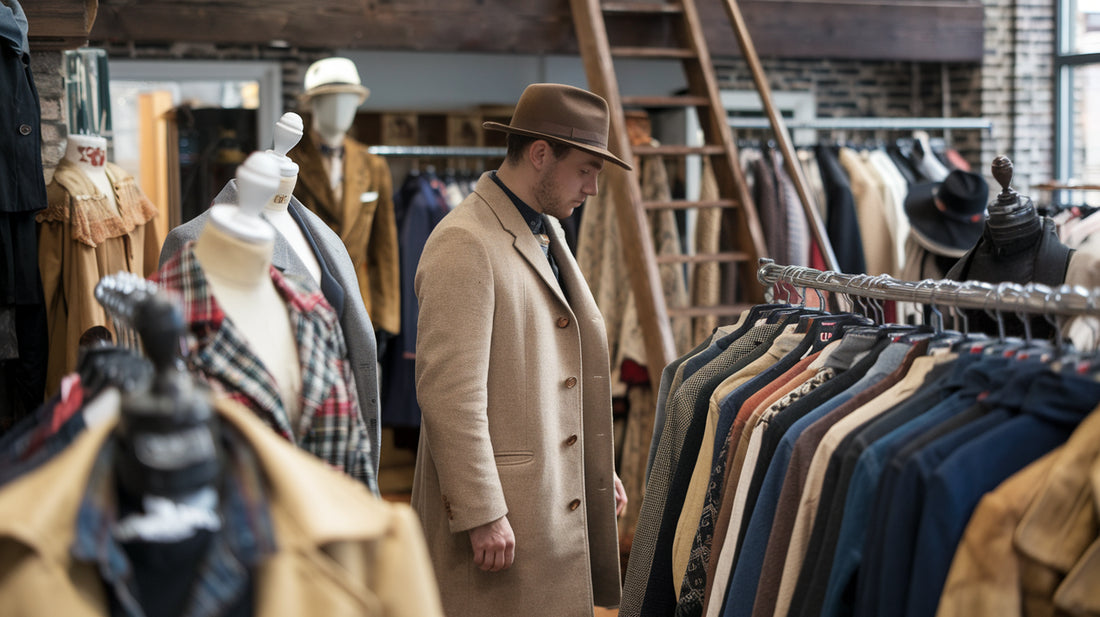When it comes to fashion, terms like "vintage" and "collectible" often come up, but they aren't interchangeable. Each has its own distinct characteristics and appeal. This blog post explores the key differences, making it easier to determine whether an item fits into one category or the other.
What Defines Vintage Clothing?
Vintage clothing refers to items that are typically 20 years old or older. These pieces are sought after for their ability to represent the style, trends, and cultural essence of a particular time period. When it comes to vintage apparel, authenticity is crucial, with true vintage items usually featuring materials, construction techniques, or brand labels that date back to their original era. Whether it’s a 1970s denim jacket or a 1990s band tee, vintage pieces offer a nostalgic charm and a sense of history.
What Makes Clothing Collectible?
On the other hand, collectible clothing focuses more on rarity, uniqueness, and cultural significance rather than age. Collectible apparel may be newer than vintage items, but it stands out because it’s often produced in limited quantities or associated with a specific event, collaboration, or cultural movement. These items could be part of a capsule collection, feature exclusive artwork, or be connected to a high-profile brand or celebrity. The appeal of collectibles lies in their potential to appreciate in value and their exclusivity in the fashion market.
Key Differences Between Vintage and Collectible
- Age vs. Rarity: While vintage is defined by age, collectibles are defined by rarity or limited production.
- Cultural vs. Historical Significance: Vintage pieces carry historical significance, often representing past fashion trends, whereas collectibles might be culturally significant due to their association with a contemporary event or personality.
- Market Value: Collectible clothing may be more valuable in the short term due to limited availability, while vintage pieces often gain value with age and condition.
- Condition: Vintage items may show wear, which adds to their charm. Collectibles, especially newer releases, are often kept in pristine condition to maintain or increase their market value.
Why Both Matter in Fashion
Both vintage and collectible clothing hold a significant place in the fashion industry. They allow individuals to express their unique style while also serving as investments. Understanding the difference can help consumers make informed decisions, whether they're hunting for a piece that captures a bygone era or a rare item that will stand out in their wardrobe and potentially increase in value over time.
Conclusion
The terms vintage and collectible may overlap, but each has its own unique attributes that make it special. Whether you’re a fashion enthusiast or a savvy investor, recognizing the differences can help you curate a wardrobe that not only looks good but also tells a story.

